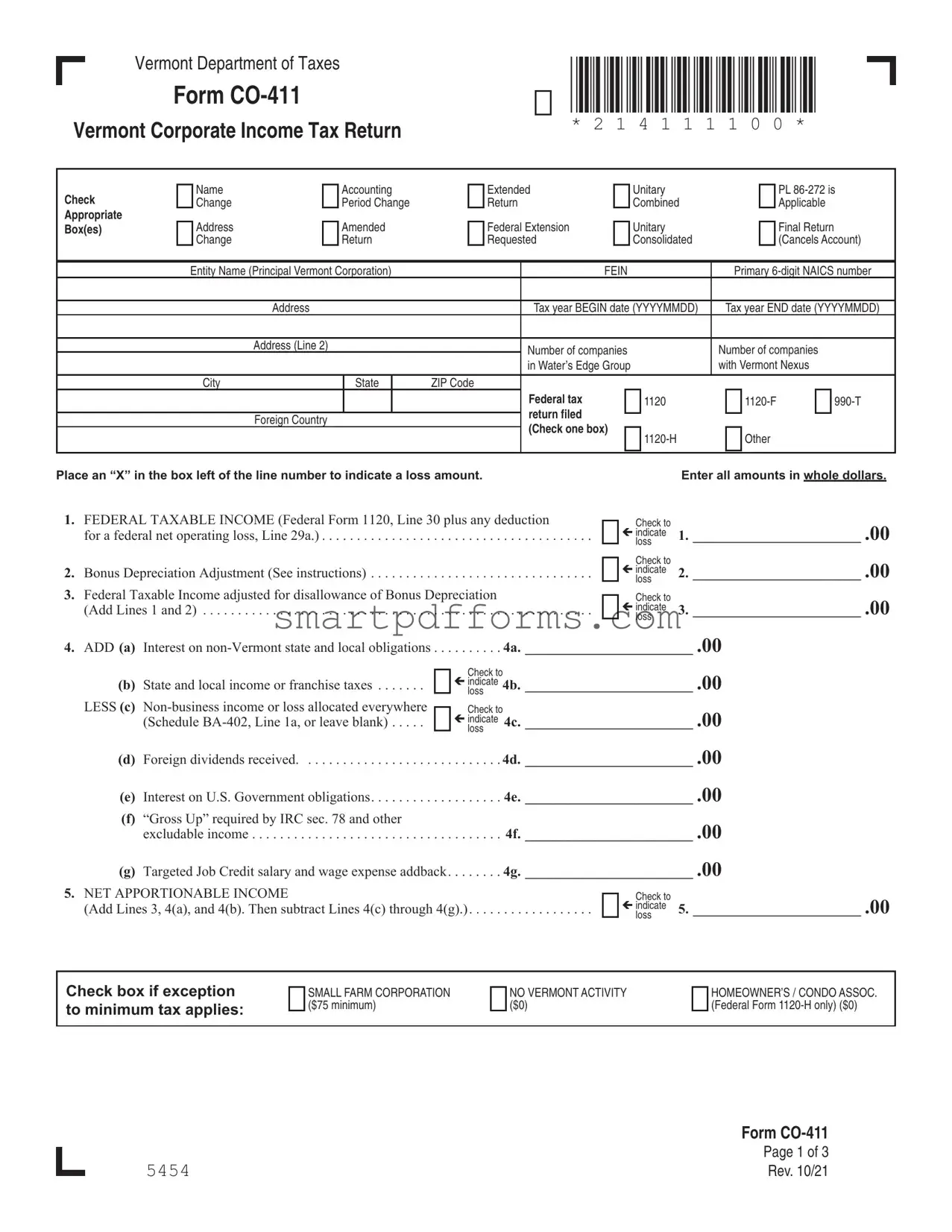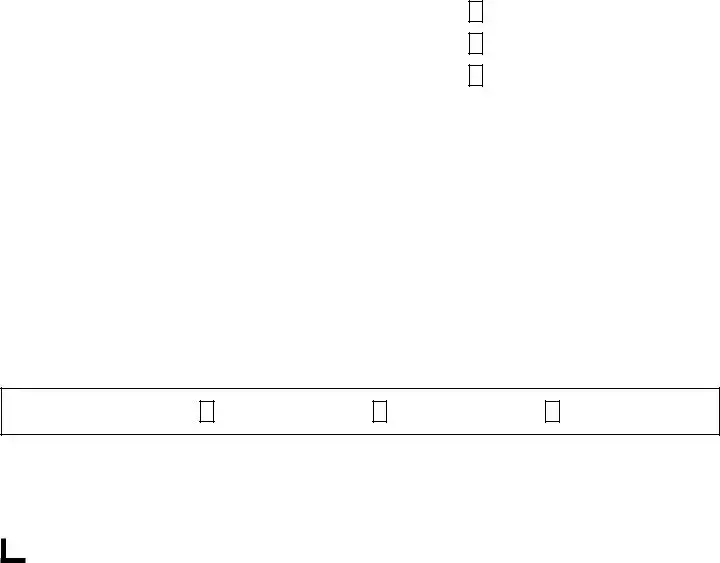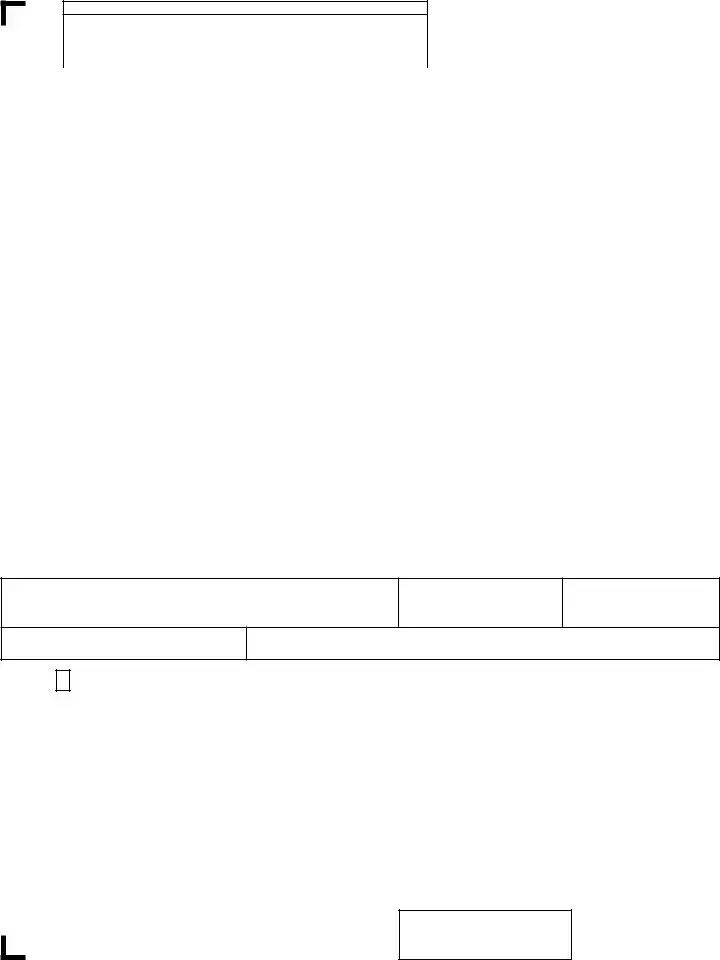Blank Vt Co 411 PDF Template
The Form CO-411, issued by the Vermont Department of Taxes, serves as the Vermont Corporate Income Tax Return. This form is essential for corporations operating within Vermont to report their income, calculate their taxes due, and identify any adjustments, credits, or payments applicable to their corporate income tax obligations for the fiscal year. To ensure compliance and avoid potential penalties, corporations are encouraged to carefully complete and submit this form. Click the button below to begin filling out your Form CO-411.
Make This Document Now





